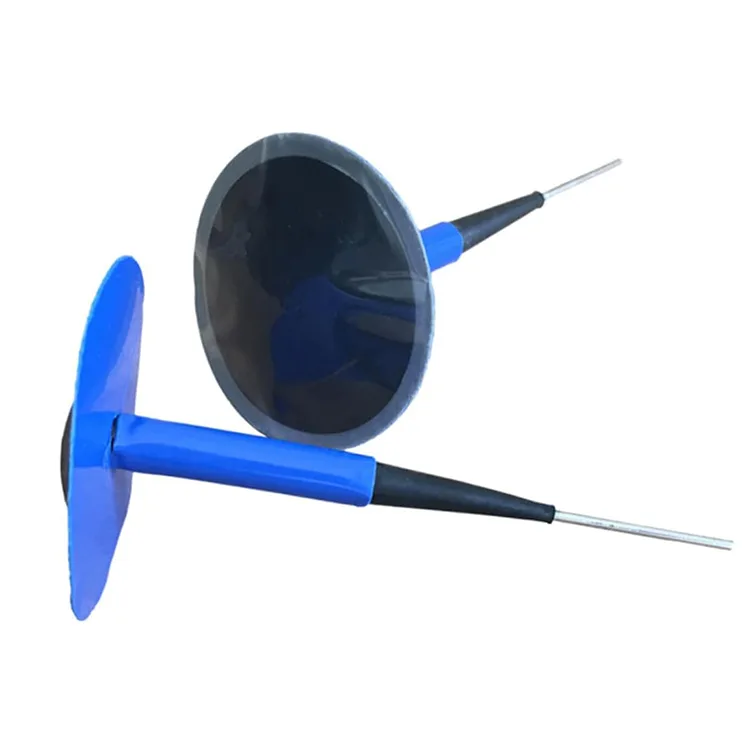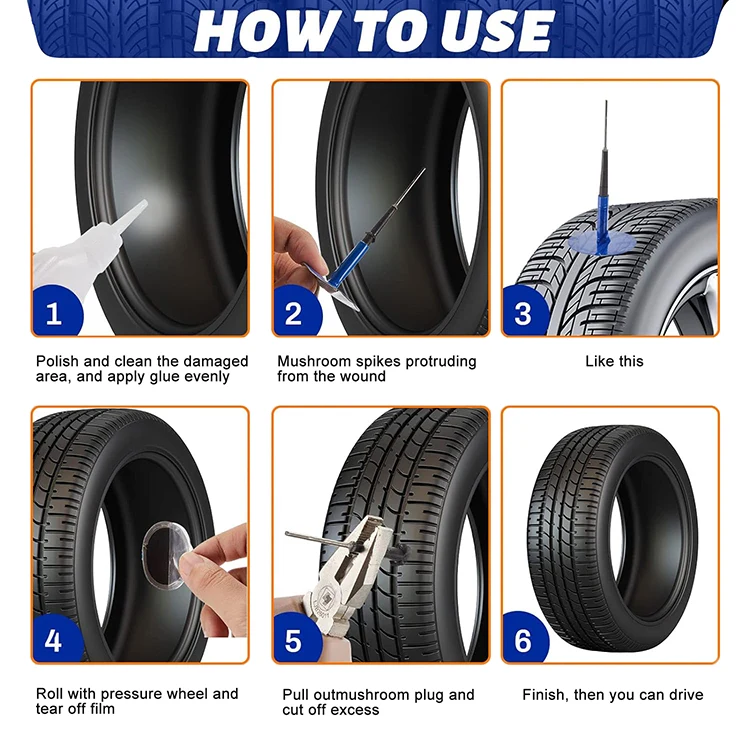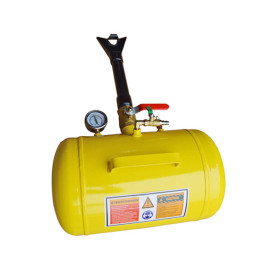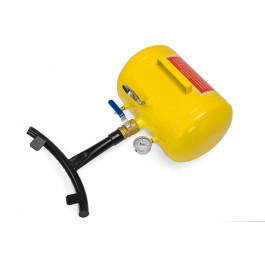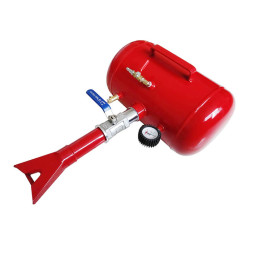Shengshiweiye Tire Repair Patch Plug, Tire Plug
For use in radial and bias ply tires.
Designed for chemical or heat vulcanization.
Patch and stem have gray vulcanizing gum with blue poly backing.
Stem portion is wrapped with premium vulcanizing gum.
Why is the mushroom nail recommended for tire patching?
Ordinary film tire patching only seals the inner wall of the tire to prevent air leakage, but the nail hole wound remains open. Water and debris are prone to entering the nail hole, corroding the steel wire inside the tire, causing internal damage to the tire, and greatly reducing the tire's lifespan and safety.
The mushroom nail repairs both the tire tread and the nail hole. Chemical vulcanization seamlessly integrates with the tire wound. After patching, the tire's performance is restored, making the tire as safe as before.
Mushroom shaped rubber tire patch
3 major misunderstandings of mushroom nail repair
Misunderstanding 1: Not treating the inside of the nail hole. Before repairing, you should first choose a pneumatic drill of appropriate size according to the size of the wound, and treat the steel wire layer inside the nail hole, so that the mushroom nail and the inside of the nail hole can better undergo vulcanization reaction.
Misunderstanding 2: Do not inject vulcanizing agent into the nail hole before inserting the mushroom nail. This will prevent the mushroom nail from undergoing vulcanization reaction with the inside of the nail hole, affecting the durability and sealing. At the same time, the vulcanizing agent can also play a lubricating role in the nail hole to prevent it from being pulled apart.
Misunderstanding 3: Use mushroom nails to repair any wound. Mushroom nails can only be used to repair wounds within 6 mm in size and with a vertical angle of no more than 15°, and they cannot be used to repair sidewall wounds.
Next: 1KG Tire Repair for Hot vulcanized tire repair rubber




